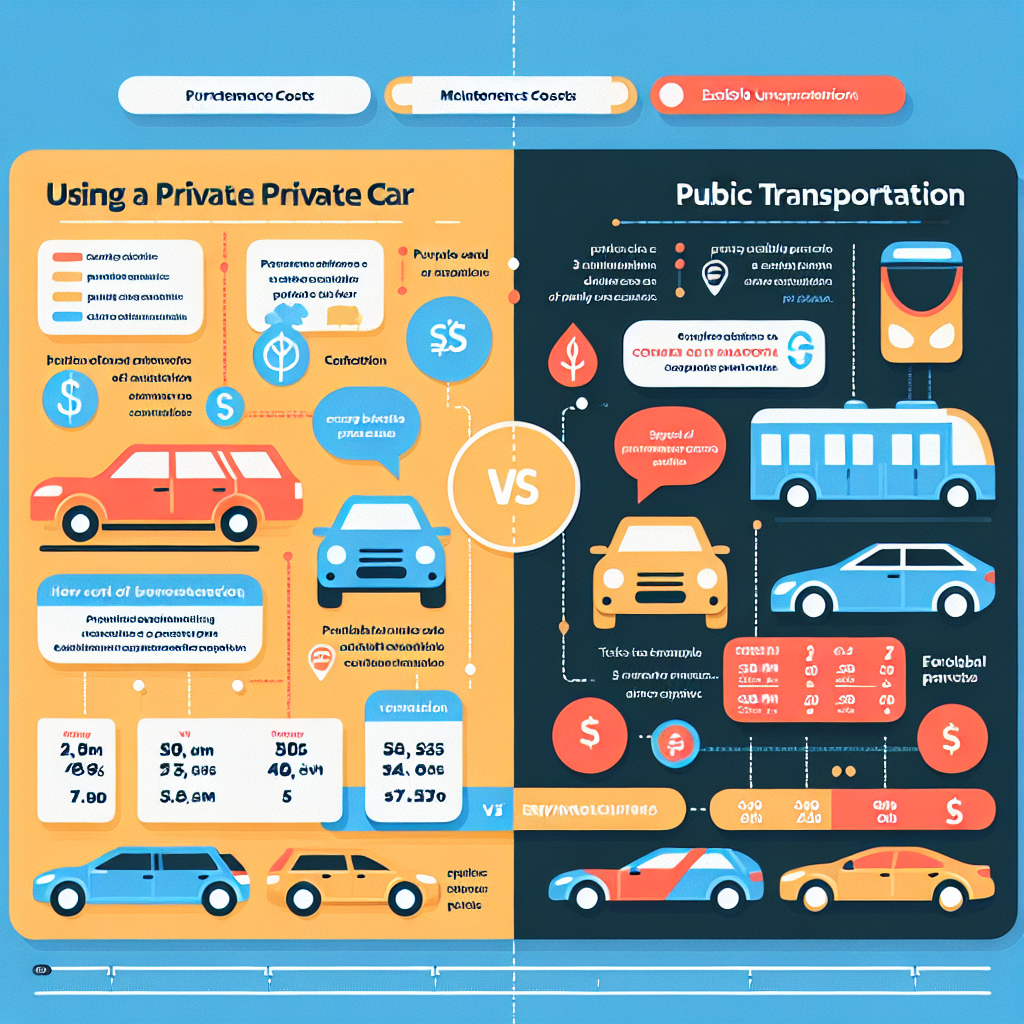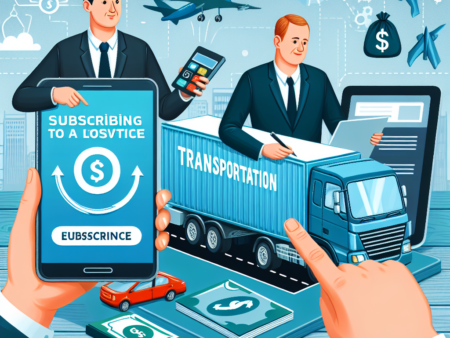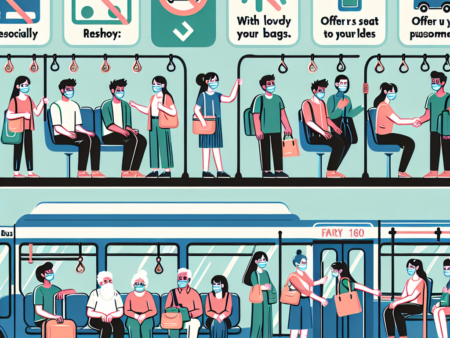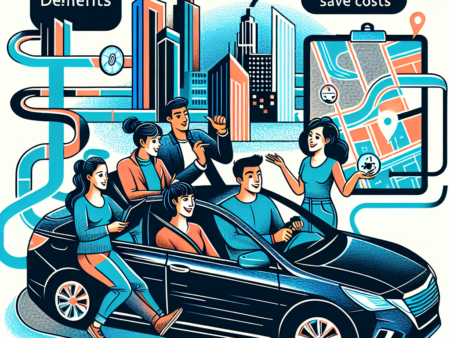Biaya: Mobil Pribadi vs. Transportasi Umum – Perbandingan biaya penggunaan mobil pribadi dan transportasi umum.
Perbandingan Biaya: Mobil Pribadi vs. Transportasi Umum
-
Table of Contents
Introduction

Indonesia, with its vast archipelago and growing population, faces numerous challenges when it comes to transportation. As the country continues to develop, the demand for mobility increases, leading to congestion and pollution in urban areas. In this article, we will explore the cost comparison between private cars and public transportation in Indonesia. By examining various factors such as initial purchase price, maintenance, fuel, and parking costs, we can determine which option is more cost-effective for Indonesian commuters.
Initial Purchase Price
When considering the cost of transportation, the initial purchase price of a vehicle is a significant factor. Private cars in Indonesia come in a wide range of prices, from affordable compact cars to luxury vehicles. On the other hand, public transportation options such as buses and trains have a fixed fare that is considerably lower than the cost of purchasing a car.
According to data from the Indonesian Automotive Industry Association (Gaikindo), the average price of a new car in Indonesia is around Rp 200 million ($14,000). However, this price can vary depending on the brand, model, and features of the vehicle. In contrast, the cost of a single bus or train ticket in major cities like Jakarta ranges from Rp 3,000 to Rp 10,000 ($0.20 to $0.70).
Winner: Public Transportation
Considering the significant difference in initial purchase price, public transportation is the clear winner in terms of affordability. For individuals on a tight budget or those who do not require a private vehicle for daily use, opting for public transportation can save a substantial amount of money.
Maintenance and Repair Costs
Once a vehicle is purchased, ongoing maintenance and repair costs become a crucial consideration. Private cars require regular servicing, oil changes, and occasional repairs, which can add up over time. On the other hand, public transportation vehicles are maintained by the respective transportation companies, ensuring they are in good working condition for daily use.
According to a study conducted by the Indonesian Ministry of Transportation, the average annual maintenance cost for a private car in Indonesia is around Rp 5 million ($350). This includes routine maintenance, oil changes, and minor repairs. In contrast, public transportation vehicles are maintained by the transportation companies, and the cost is distributed among the passengers through ticket fares.
Winner: Public Transportation
When it comes to maintenance and repair costs, public transportation once again emerges as the more cost-effective option. By sharing the maintenance expenses among a larger number of passengers, the individual burden is significantly reduced compared to owning a private car.
Fuel Costs
Fuel costs are a major consideration for both private car owners and public transportation users. The price of fuel in Indonesia is influenced by global oil prices and government policies. Private car owners bear the full cost of fuel, while public transportation companies purchase fuel in bulk, often at discounted rates.
The average fuel consumption of a private car in Indonesia varies depending on the vehicle’s size and efficiency. Compact cars typically have better fuel efficiency, averaging around 15 kilometers per liter. Larger vehicles, such as SUVs, may only achieve around 8 kilometers per liter. On the other hand, public transportation vehicles, such as buses and trains, are designed to be fuel-efficient, maximizing passenger capacity while minimizing fuel consumption.
Winner: Public Transportation
Considering the bulk purchase of fuel at discounted rates and the higher fuel efficiency of public transportation vehicles, it is evident that public transportation is the more cost-effective option in terms of fuel costs. Private car owners bear the full burden of fuel expenses, which can be a significant portion of their monthly budget.
Parking Costs
Parking costs are another factor to consider when comparing the cost of private cars and public transportation. In urban areas, finding parking spaces can be challenging and expensive. Private car owners often have to pay for parking in commercial areas, shopping malls, and residential complexes.
The cost of parking in Indonesia varies depending on the location and duration. In major cities like Jakarta, parking fees can range from Rp 5,000 to Rp 20,000 ($0.35 to $1.40) per hour. Some areas also have monthly parking fees, which can be as high as Rp 1 million ($70) per month. On the other hand, public transportation users do not have to worry about parking costs as they can simply board the bus or train without the need for parking space.
Winner: Public Transportation
In terms of parking costs, public transportation is once again the more cost-effective option. Private car owners not only have to spend time searching for parking spaces but also incur additional expenses for parking fees. Public transportation users can avoid these costs altogether, making it a more affordable choice.
Summary
In conclusion, when comparing the cost of private cars and public transportation in Indonesia, it is evident that public transportation is the more cost-effective option. Public transportation offers a significantly lower initial purchase price, shared maintenance and repair costs, lower fuel expenses, and eliminates the need for parking fees. However, it is important to note that private cars provide convenience and flexibility that public transportation may not offer.
For individuals on a tight budget or those who do not require a private vehicle for daily use, public transportation is a more affordable and sustainable choice. However, for those who prioritize convenience and have specific mobility needs, owning a private car may be the preferred option despite the higher costs involved. Ultimately, the decision between private cars and public transportation depends on individual circumstances, preferences, and financial capabilities.







